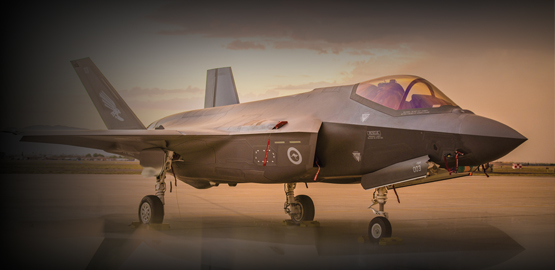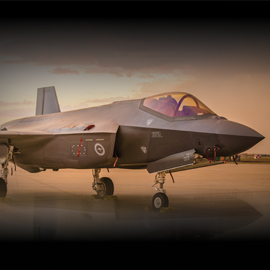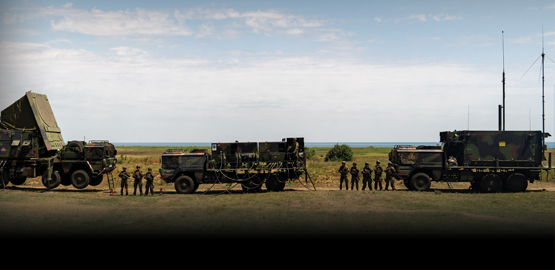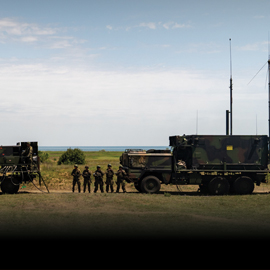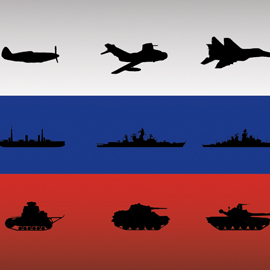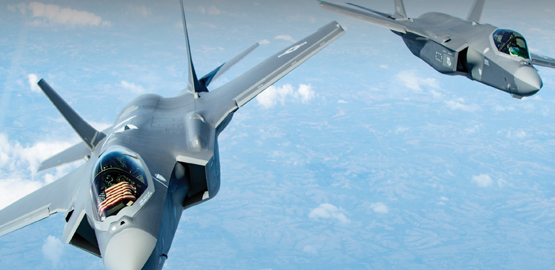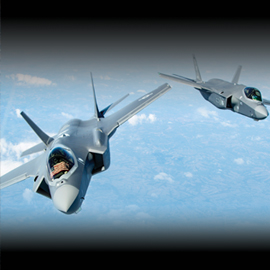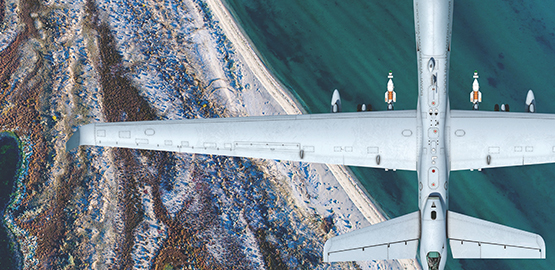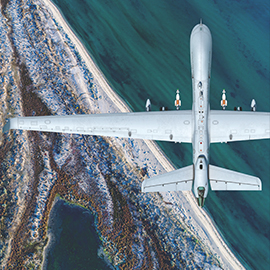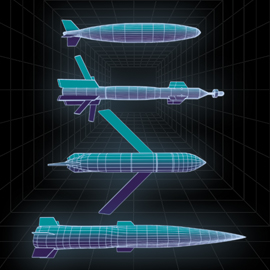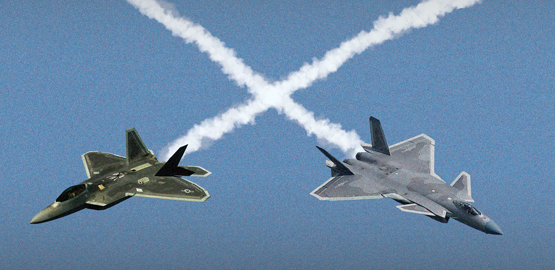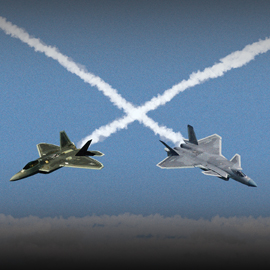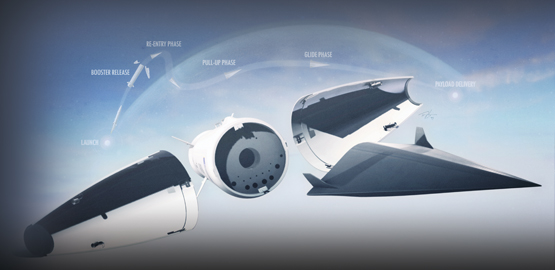News
US Spends At Least $168 Million for First Strikes on Libya
The United States spent at least $168 million hitting Libya’s air defense systems with Raytheon Co. Tomahawk cruise missiles and Northrop Grumman Co. B-2 bombers to open air space over the North African nation, according to data compiled by Bloomberg. To pay for the mission, the U.S. Defense Department is expected to tap its operations and maintenance budget and avoid using funds slated for the wars in Afghanistan and Iraq, according to defense analysts and former congressional aides/.../
Costs of Libya Operation Already Piling Up
With U.N. coalition forces bombarding Libyan leader Muammar el-Qaddafi from the sea and air, the United States’ part in the operation could ultimately hit several billion dollars -- and require the Pentagon to request emergency funding from Congress to pay for it/…/ The ultimate total that the United States spends will hinge on the length and scope of the strikes as well as on the contributions of its coalition allies. But Todd Harrison, a senior fellow at the Center for Strategic and Budgetary Assessments, said on Monday that the U.S. costs could “easily pass the $1 billion mark on this operation, regardless of how well things go/.../” The Center for Strategic and Budgetary Assessment report, a historical analysis of the price for similar operations, provided costs for several different scenarios, ranging from a sweeping and high-priced effort to impose and maintain a no-fly zone over the entire country to a much smaller no-fly zone with limited flyovers and few, if any, attacks on Libyan air defenses or ground forces. The current operation appears to fall somewhere between those two scenarios.Zack Cooper, a senior analyst at the think tank who coauthored the study with Harrison, acknowledged the operation’s costs are still too difficult to estimate because of lingering questions following the weekend strikes.“Since we don't yet know the length, magnitude, or degree of U.S. involvement, any cost projections are going to be very rough estimates at this point,” Cooper said.
Gates Details $13.6B In DoD Cuts
The opening round in an expected barrage of Defense Department personnel cuts was fired March 14 when U.S. Defense Secretary Robert Gates sent a 48-page memo ordering the Pentagon to shed hundreds of civilian jobs, more than 1,000 contractors and as many as 140 generals and admirals/…/ The biggest category of projected savings is cuts to civilian and contractor jobs, projected in the memo to save $6 billion, according to analysts and experts/.../"There was a lot of cutting personnel [and] cutting contractors. Those are real savings," Todd Harrison of the Center for Strategic and Budgetary Assessments said. "All they have to do is follow through on it and it looks from this memo that they're going to. They have no choice."
Crisis in Japan
Jan van Tol of the Center for Strategic and Budgetary Assessments discusses how the disaster in Japan could affect the balance of power in Asia.
Stalemate Fears Haunt Military Planners
Western military planners have been worrying for weeks about the unwelcome consequences of military intervention in Libya, including a stalemate that could last for years and a distraction from problems elsewhere/.../ "Gaddafi could get a stalemate and hope that over time the attention of the international community will wane," says Eric Edelman, undersecretary of defence in George W. Bush's administration, who supports military action. "In the meantime we have similar problems to what we had in the Balkans. How many ceasefires did we have then? What about paramilitary forces Gaddafi says he can't control?"
The Cost of a No-Fly Zone
There are various no-fly zone scenarios that could be used in Libya. CNN's Barbara Starr breaks down the dollar amount with help from CSBA's Todd Harrison.
